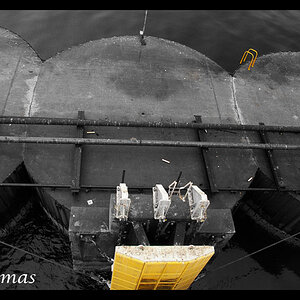EDL
No longer a newbie, moving up!
- Joined
- Apr 25, 2012
- Messages
- 697
- Reaction score
- 53
- Location
- Western Pennsylvania
- Can others edit my Photos
- Photos OK to edit
To say the DOF with the MP-E65 is razor thin is an understatement! Here's a few I shot this morning with the new lens and MT-24EX flash. Would have done more, but this is all I could find (not too many bugs out and about in western PA this morning).
1. An ant on my birch tree. Shot at 2x and cropped.

2. A caterpillar on the same tree. Shot at around 2x and cropped.
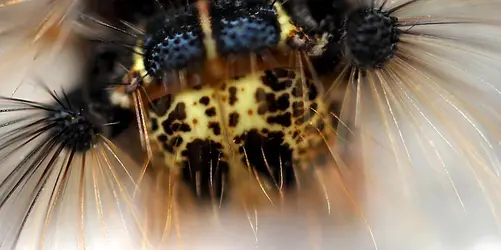
3. Same worm again.
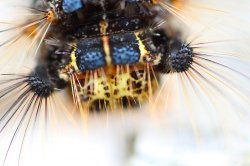
4. A moth on the same tree. 3x and cropped.
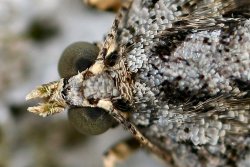
5. A seed pod from the birch tree, 1x, cropped.

It's clear this is going to take some serious practice and forearms like Popeye's. This lens is heavy and with the flash on it's beastly to hold!
1. An ant on my birch tree. Shot at 2x and cropped.

2. A caterpillar on the same tree. Shot at around 2x and cropped.

3. Same worm again.

4. A moth on the same tree. 3x and cropped.

5. A seed pod from the birch tree, 1x, cropped.

It's clear this is going to take some serious practice and forearms like Popeye's. This lens is heavy and with the flash on it's beastly to hold!



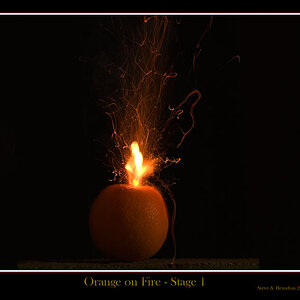



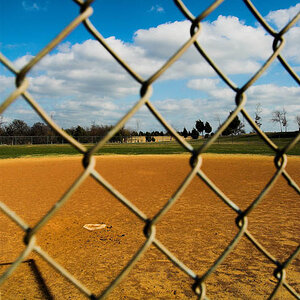

![[No title]](/data/xfmg/thumbnail/34/34347-8b81549fefc38aca163688d07a9f5ced.jpg?1619736384)
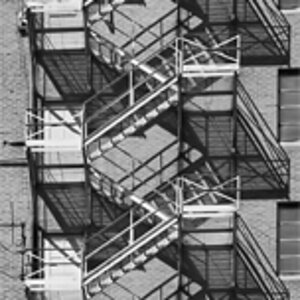
![[No title]](/data/xfmg/thumbnail/37/37640-803bb25a4f46642289fe136733ddfbde.jpg?1619738159)
![[No title]](/data/xfmg/thumbnail/30/30868-01a498267fd96ce5b2d98347458d3903.jpg?1619734486)
